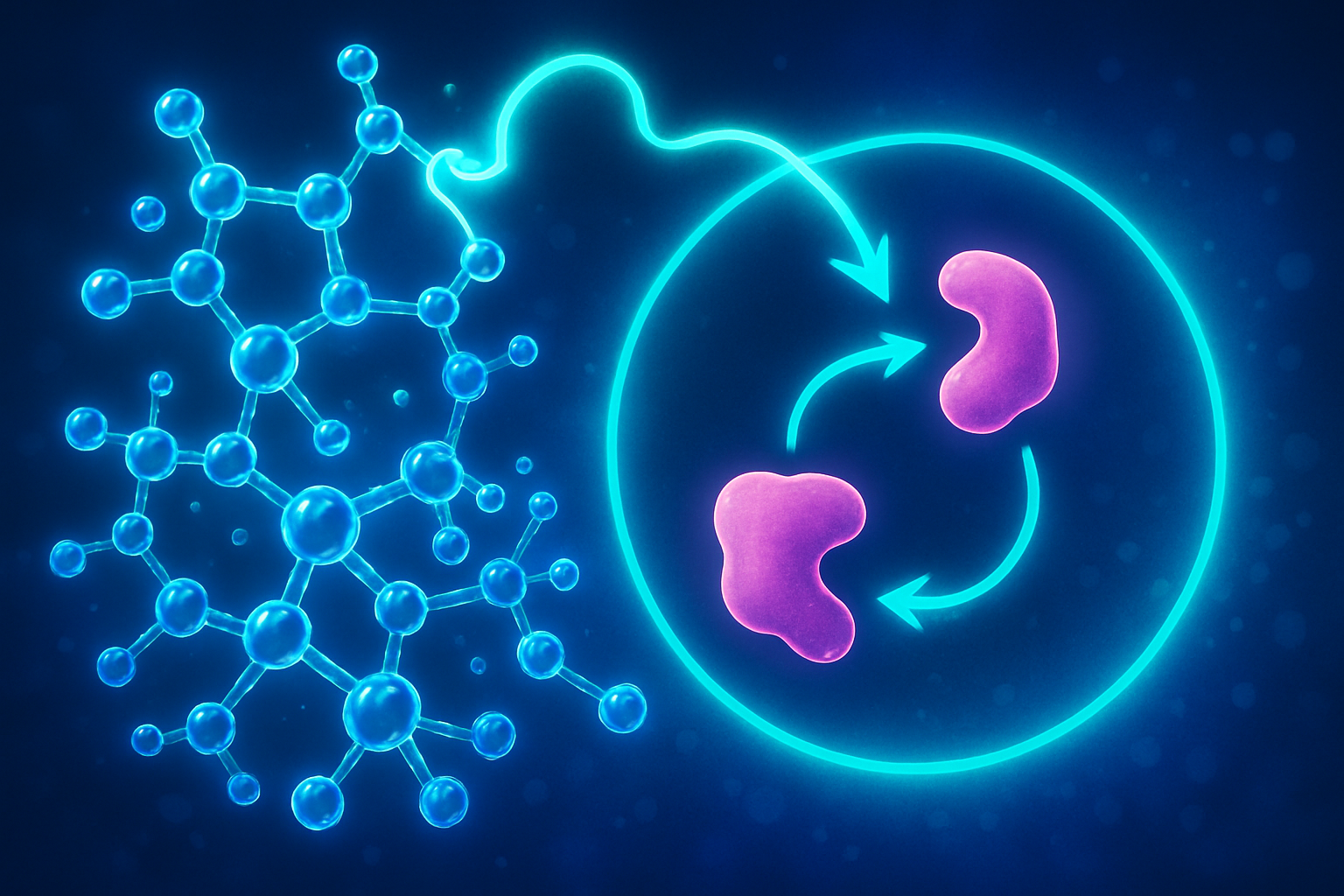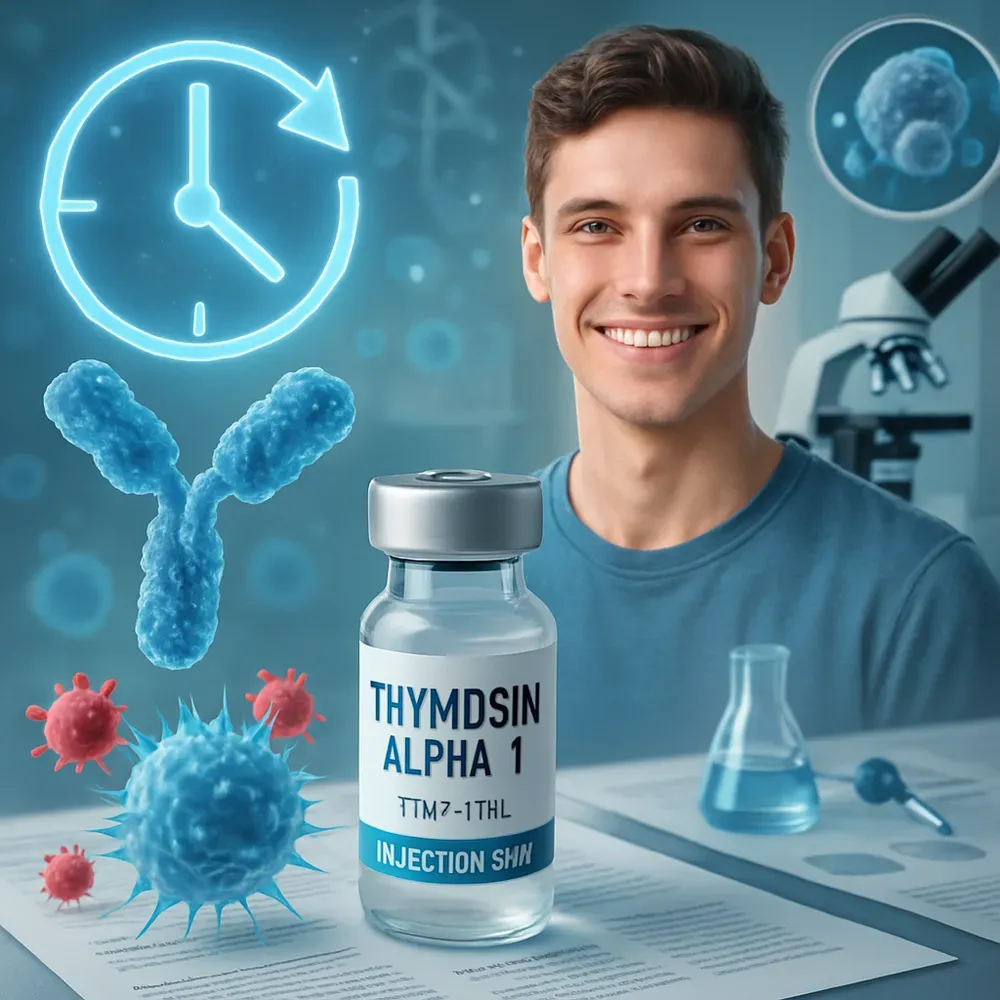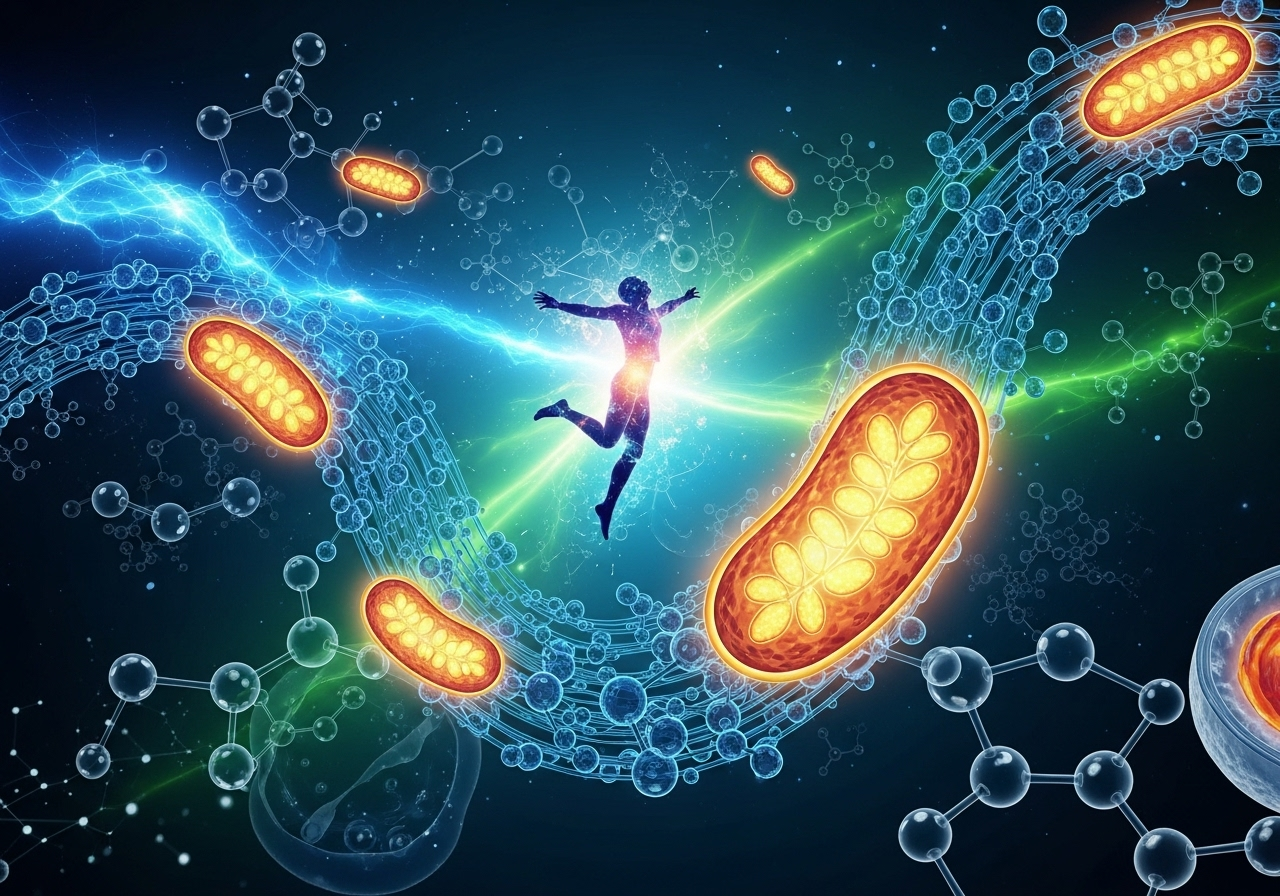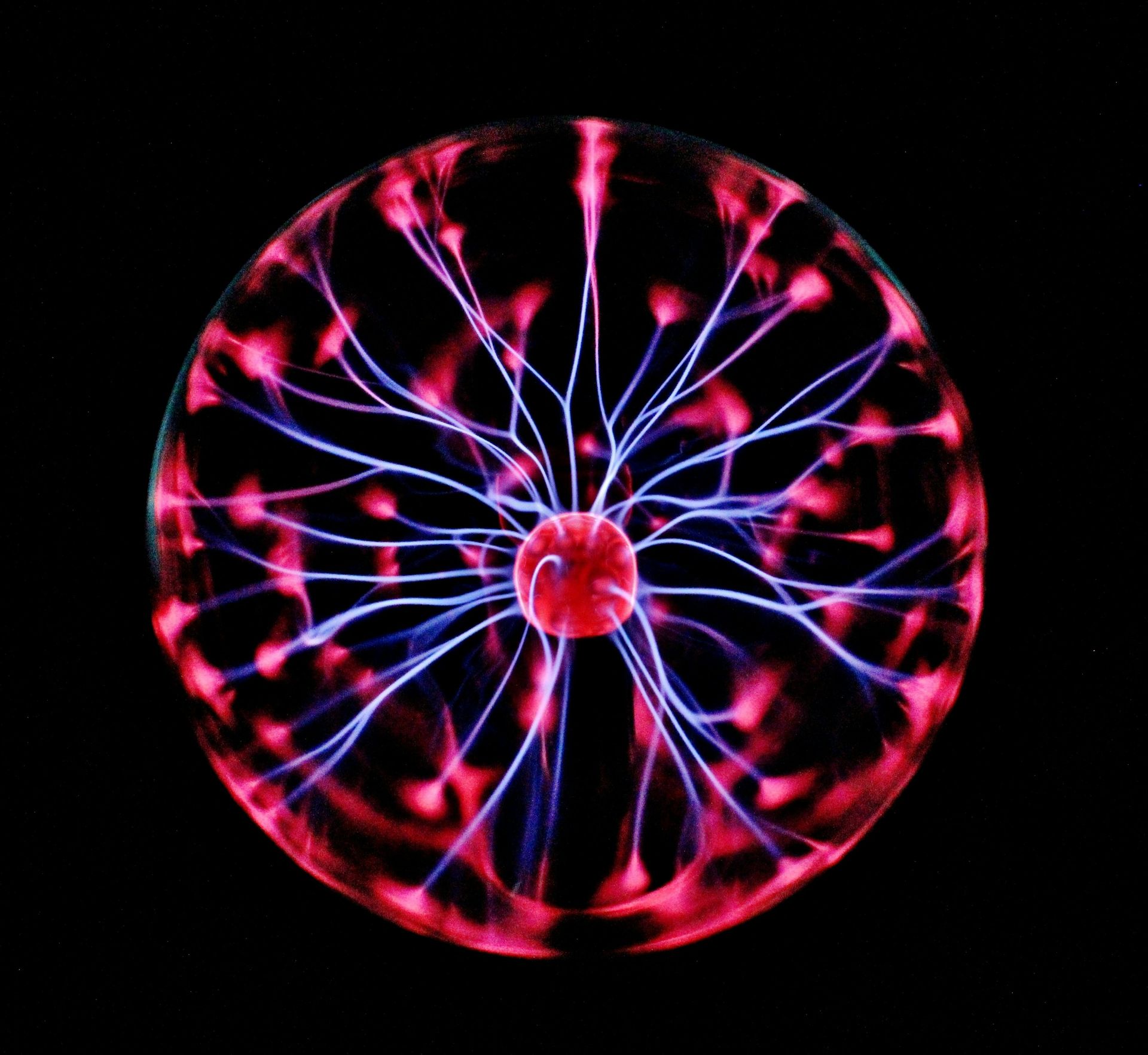How Athletes Use Peptides: Real Stories
Beyond the Hype: Understanding Peptides in Sports

Sports performance is shifting. Walk into any serious training facility and you'll hear athletes talking about recovery protocols that go beyond ice baths and protein shakes. Peptides have entered the conversation, and for many competitors, these amino acid chains have become part of their performance strategy.
This isn't about theoretical benefits or lab studies. This is about what's actually happening with athletes who've incorporated peptides into their training. From torn hamstrings to endurance plateaus, here's how peptides are being used in real-world athletic scenarios.
What Makes Peptides Different for Athletes
Peptides are short chains of amino acids that signal your body to do specific things. Release growth hormone. Repair damaged tissue. Improve blood flow to injured areas. Unlike flooding your system with synthetic hormones, peptides work by enhancing processes your body already has.
The appeal for athletes is straightforward: targeted effects with fewer systemic consequences. You're not trying to override your biology. You're giving it better instructions.
The main categories athletes talk about:
- Growth hormone secretagogues like Ipamorelin and MK-677 that trigger natural GH release for muscle growth and recovery.
- Tissue repair peptides like BPC-157 and TB-500 that accelerate healing in tendons, ligaments, and muscle tissue.
Real Athletes, Real Results
Coming Back from a Hamstring Tear
A semi-pro football player tore his hamstring mid-season. Standard prognosis: 8-12 weeks before he could train at full intensity. His sports medicine doctor suggested adding BPC-157 to his rehabilitation protocol.
He started injections near the injury site while maintaining his physical therapy schedule. By week four, he was doing light running. Week six, he was back in practice. Week eight, he was playing in games. His physical therapist noted the tissue quality during manual therapy improved faster than typical hamstring recoveries.
Did BPC-157 make the difference? Hard to isolate from proper rehab, but the timeline was notably faster than his previous hamstring injury three years earlier, which took the full 12 weeks.
Building Muscle Without the Bloat
A competitive bodybuilder had run several cycles of growth hormone but didn't like the side effects. Water retention made him look soft. Joint pain became an issue. His coach suggested trying Ipamorelin instead.
The switch changed his approach entirely. Ipamorelin stimulates your pituitary gland to release growth hormone in pulses, similar to natural patterns. He injected before bed and post-workout. Within three weeks, his sleep quality improved noticeably. Recovery between training sessions shortened.
Over 12 weeks, he added lean tissue without the puffiness he experienced with synthetic GH. His physique stayed tight. Energy levels remained consistent. Most importantly, he could maintain the protocol longer without side effects forcing him off.
Breaking Through an Endurance Plateau
A triathlete hit a wall in her training. Long rides left her depleted for days. Run volume had to decrease because recovery wasn't keeping up. Her training partner mentioned MK-677.
MK-677 (Ibutamoren) is an oral compound that mimics ghrelin, triggering growth hormone and IGF-1 release. She took it before bed. Within two weeks, she noticed she was waking up less during the night. Recovery between hard sessions improved. Most surprising: her appetite increased, which helped her maintain weight during high-volume training blocks.
Four months into using MK-677, she set personal bests in all three disciplines. Was it just the peptide? No. Her training was solid. But the improved recovery allowed her to handle more volume without breaking down.
Keeping Joints Functional Under Heavy Load
Powerlifters deal with chronic overuse issues. Tendons and joints take brutal punishment from moving maximum weights week after week. Two veteran lifters, both over 40, started combining TB-500 and BPC-157 during their training cycles.
TB-500 improves blood flow and supports tissue flexibility. BPC-157 accelerates repair in tendons and ligaments. Together, they reported being able to train through minor tweaks that previously would have forced deload weeks.
One lifter mentioned his elbow tendinopathy, which had been nagging for two years, improved significantly after eight weeks on the protocol. He could press pain-free for the first time in months. The other noted his knee felt more stable under heavy squats.
Both were clear: this wasn't magic. They still did mobility work, managed volume, and took deloads. But the peptides seemed to shift the recovery equation in their favor.
Why Athletes Choose Peptides Over Alternatives
- Specificity matters. You can target growth hormone release without affecting other hormones. You can address tissue repair without systemic immune suppression.
- Side effect profiles are generally milder. Compared to anabolic steroids or high-dose growth hormone, most athletes report fewer unwanted effects from peptides.
- Stacking makes sense. Many athletes combine peptides. Ipamorelin for growth hormone support plus BPC-157 for an injury. MK-677 for overall recovery plus TB-500 for tendon health. The combinations can address multiple performance factors simultaneously.
- Recovery improvements happen quickly. While muscle gains take time, many athletes notice better sleep and faster bounce-back within weeks of starting a peptide protocol.
The Ipamorelin Advantage
Ipamorelin has become one of the most widely used peptides in athletic circles. It stimulates growth hormone release from the pituitary without significantly raising cortisol or prolactin, two hormones that can cause problems when elevated chronically.
What athletes report:
- Lean muscle gains without water retention
- Improved body composition during calorie deficits
- Better sleep quality and recovery
- Steady, sustainable progress rather than dramatic spikes
The dosing is typically conservative. Small injections a few times daily or before bed. The goal isn't to blast GH levels sky-high. It's to optimize natural patterns.
MK-677 for the Long Game
MK-677 stands out because it's oral and has a long half-life. One dose before bed keeps levels elevated for 24 hours. For athletes who don't want to deal with multiple daily injections, this matters.
Beyond convenience, MK-677 offers benefits that extend past performance:
- Increased bone density, important for injury prevention
- Preservation of muscle mass during calorie restriction
- Appetite stimulation, helpful for athletes who struggle to eat enough
- Elevated IGF-1 levels that support overall recovery
Endurance athletes particularly value MK-677 because it helps them recover from high-volume training while maintaining muscle mass despite burning thousands of calories.
The Reality Check: Risks and Regulations
Peptides aren't risk-free, and athletes need to understand what they're getting into.
- Banned substance issues are real. The World Anti-Doping Agency prohibits most growth hormone secretagogues and several tissue repair peptides. If you compete in tested sports, using these compounds can end your competitive career. Even out-of-competition testing can catch you.
- Quality varies dramatically. Research-grade peptides from random websites may not contain what the label says. Contamination happens. Concentration can be off. Athletes sourcing peptides need to use reputable suppliers with third-party testing and proper documentation.
- Individual response is unpredictable. Some athletes respond dramatically to peptides. Others notice minimal effects. Genetics, training status, nutrition, and recovery practices all influence outcomes. What worked for your training partner might do little for you.
- Medical supervision matters. Peptides affect hormone levels and biological processes. Blood work before and during use helps identify problems early. Working with a knowledgeable healthcare provider or coach who understands peptide protocols reduces risk.
What Athletes Should Know Before Starting
If you're considering peptides, approach this strategically:
- Get baseline blood work. Know your hormone levels, metabolic markers, and overall health status before starting. This gives you data to compare against and helps identify problems.
- Source matters more than price. Cheap peptides from questionable suppliers are a gamble. Pharmaceutical-grade products cost more but provide assurance you're getting what you paid for.
- Start conservatively. Beginning with lower doses lets you assess tolerance and response before committing to full protocols.
- Track everything. Keep detailed notes on doses, timing, training performance, recovery quality, and any side effects. This data helps you and your healthcare provider optimize the protocol.
- Understand your sport's rules. If you compete in sanctioned events, know what's banned. Testing positive because you didn't check regulations destroys careers.
The Bigger Context
Peptides represent a shift in how athletes think about performance enhancement. Rather than simply trying to get bigger, stronger, or faster through brute force, peptides offer more nuanced approaches. Optimizing recovery. Accelerating healing. Supporting natural processes more efficiently.
This doesn't mean peptides are a shortcut. Every athlete mentioned here was training hard, eating properly, and recovering intelligently. Peptides augmented what they were already doing right. They didn't replace fundamentals.
As peptide research continues and more athletes experiment with these compounds, the understanding of optimal protocols will improve. Dosing strategies will get refined. Combinations will be better understood. But the core principle remains: peptides are tools, not magic solutions.
Ready to Optimize Your Athletic Performance?
Navigating peptide protocols can be complex. Dosing, timing, sourcing quality products, and understanding which peptides align with your specific goals requires expertise.
Project Biohacking offers personalized coaching for athletes serious about optimizing performance through peptides and biohacking strategies.
Our coaches work with you to:
- Design peptide protocols tailored to your sport and goals
- Source pharmaceutical-grade peptides from verified suppliers
- Monitor your progress with proper blood work and performance tracking
- Optimize your overall training, nutrition, and recovery strategy
- Navigate compliance issues if you compete in tested sports
Whether you're recovering from an injury, breaking through a plateau, or looking to extend your athletic career, we provide the guidance and accountability you need.
Schedule a consultation with Project Biohacking →
Stop guessing. Start optimizing.
Disclaimer
This article is for informational and educational purposes only and does not constitute medical advice, diagnosis, or treatment. Peptide use should only be pursued under the supervision of a qualified healthcare professional. Many peptides are banned by athletic organizations including the World Anti-Doping Agency. Athletes competing in sanctioned events should verify the legal status of any substances before use. Project Biohacking does not encourage the use of banned substances in competitive sports. Individual results vary, and peptides carry potential risks. Always consult with a licensed healthcare provider before beginning any peptide protocol.
What peptides do athletes use most commonly?
The most widely used peptides among athletes are BPC-157 and TB-500 for injury recovery and tissue repair, Ipamorelin for growth hormone stimulation and lean muscle development, and MK-677 (Ibutamoren) for endurance and overall recovery enhancement. BPC-157 is particularly popular for tendon and ligament injuries, while Ipamorelin appeals to athletes wanting growth hormone benefits without the side effects of synthetic GH. MK-677 is favored by endurance athletes because it's taken orally and supports recovery from high-volume training. The specific peptide choice depends on the athlete's sport, goals, and whether they're addressing an injury or optimizing performance.
Are peptides legal in professional sports?
Most performance-enhancing peptides are banned by the World Anti-Doping Agency (WADA) and therefore prohibited in Olympic sports, professional leagues, and NCAA competition. Growth hormone secretagogues like Ipamorelin and MK-677 are specifically banned, as are many tissue repair peptides. Athletes subject to drug testing risk suspension, disqualification, and career consequences if caught using banned peptides. However, peptides may be legal for personal use outside of competitive sports, depending on local regulations. If you compete in any sanctioned sport, check your organization's prohibited substance list before using any peptide. Many professional athletes who use peptides do so during off-seasons or after retirement.
How long does it take to see results from peptides?
Timeline varies significantly based on which peptide and what you're trying to achieve. For recovery peptides like BPC-157, athletes often report noticeable improvements in injury healing within 2-4 weeks, with continued progress over 6-8 weeks. Growth hormone peptides like Ipamorelin typically show effects on sleep quality and recovery within 1-2 weeks, while body composition changes become apparent after 8-12 weeks of consistent use. MK-677 users often notice improved recovery and sleep within the first two weeks, with endurance and body composition benefits developing over 3-4 months. Tissue repair from TB-500 may take 4-6 weeks to become noticeable. Individual response varies based on genetics, training status, nutrition quality, and overall recovery practices.
Can you stack multiple peptides together?
Yes, many athletes stack peptides to address multiple performance factors simultaneously. Common combinations include BPC-157 with TB-500 for comprehensive tissue repair and injury recovery, Ipamorelin with BPC-157 to support both muscle growth and injury healing, and MK-677 with recovery peptides for overall performance optimization. Stacking works because different peptides target different biological pathways without interfering with each other. However, stacking increases complexity in dosing, timing, and monitoring for side effects. Athletes new to peptides should start with a single compound to assess individual response before combining multiple peptides. Working with a knowledgeable coach or healthcare provider helps optimize stacking protocols and avoid potential interactions or excessive hormone stimulation.
What are the risks of using peptides for athletic performance?
The main risks include regulatory consequences if you compete in tested sports, quality concerns from unverified suppliers, and individual side effects. Contaminated or improperly dosed peptides from research chemical companies can cause infections, allergic reactions, or unexpected hormonal effects. Growth hormone peptides can potentially affect insulin sensitivity, increase appetite significantly, or cause joint discomfort in some users. Long-term effects of many peptides remain unknown since most research involves short-term studies. Athletes may also develop dependency on peptides for recovery, masking underlying training or nutrition issues. Medical supervision with proper blood work helps identify problems early. The biggest risk for competitive athletes is career-ending sanctions from testing positive for banned substances.










